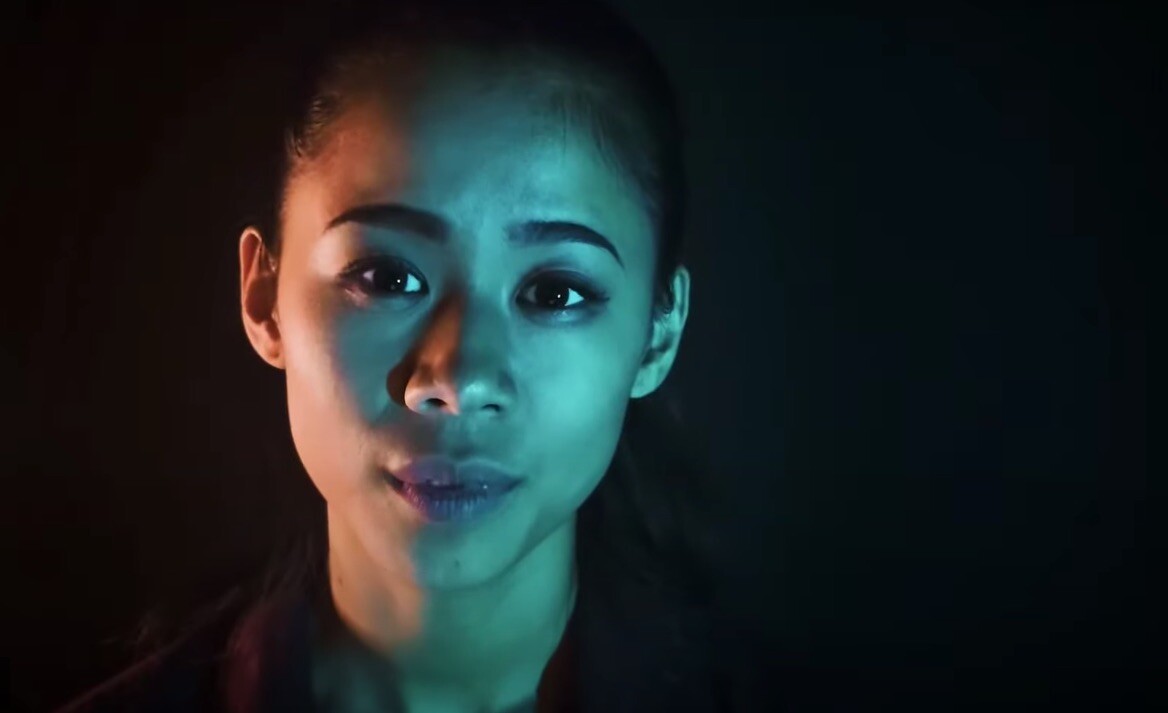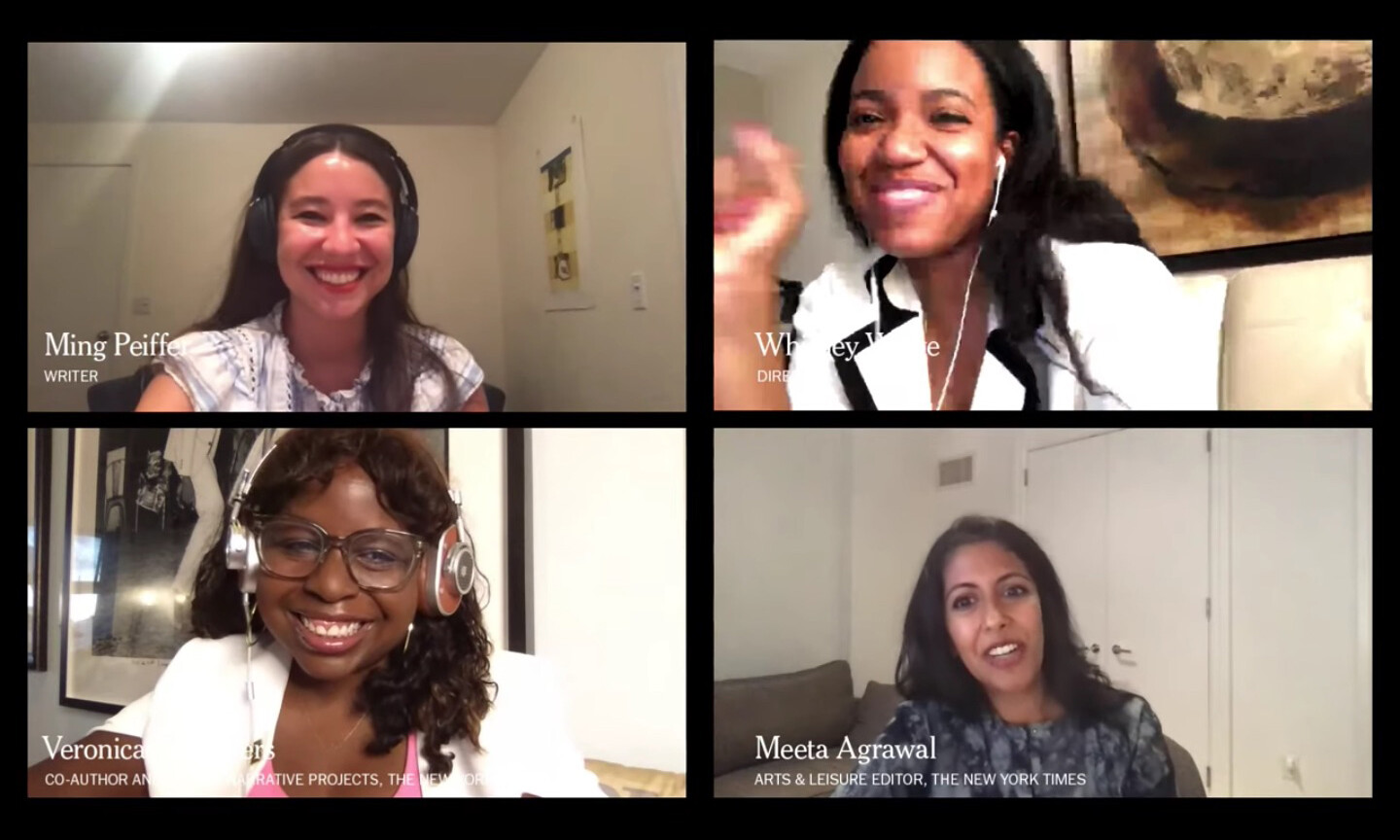Addressing the Problem of Disconnect
In a world of seemingly unlimited free theatre at my fingertips, I have never been a worse audience member. Since around late June, in the event I remember to log on, my concentration is horrendous. I’ve absentmindedly scrolled through Facebook or guiltily written emails during dramatic monologues. Full disclosure, I’ve completely zoned out while acting in Zoom readings of my own.
When asking friends to validate my new yet persistent short attention span, they typically relate. A coworker posited that some critical components of live theatre, like timing and unspoken connection, just don’t translate to the screen. A castmate confessed that Zoom readings make her feel as if she’s forgotten how to act. With the lag between cues and the inability to look at the person she’s talking to, she doesn’t know how to connect with scene partners.
Nonetheless, artists still want to create. Furthermore, we’re in the midst of a structural reckoning with the systems and institutions through which we’ve made live theatre. A new art form has emerged from this isolated virtual theatre, complete with vestiges of nostalgia for live theatre, deep scars from its past harm, and the potential for future breakthroughs. What changes do we make to the way we craft stories for the virtual platform? Why strive to replicate semblances of the production value of live theatre when we can dive headlong into discovering what makes dynamic storytelling within the bounds of the digital platform?
Finish the Fight works because it demands engagement from the viewer. Instead of assuming a lack of investment, it banks on bulk direct-address text and tight close-ups to collapse the distance between character and actor, actor and audience. In this livestreamed production, the suffragists stare at us, speaking their truths. How dare we not listen to them?
The play brazenly reminds us that theatre is a communion, a two-sided contract between storyteller and story-hearer bound by the terms of being alive.
During the streamed talkback panel following the performance, White emphasized the creative team’s objective of presenting the suffragists as women vividly engaged with the present, not relics of the past. Despite rehearsing and shooting across the country, the team rose to the added challenge of imbuing life into the piece by textually, technically, and aesthetically specifying the liminal world the women occupy. Time and space are collapsed and compressed into a universe reminiscent of the beginning of Caryl Churchill’s Top Girls. We only see the actors onscreen, but we feel the sensory effects of disembodied crowds, megaphones, soapboxes, and police cars through light, sound, and camera angles. The actors attack the text with an urgent intensity, distilling the musicality of Peiffer’s language into its thematic threads of righteous anger, elegy, resistance, and hope.
The play brazenly reminds us that theatre is a communion, a two-sided contract between storyteller and story-hearer bound by the terms of being alive. Repurposing live theatre’s naturally flowing feedback loop of energy for a virtual play is a challenge, but until live theatre comes back in perhaps some better, more inclusive, more unbridled version than what we once had, pursuing that energy exchange feels vital. It’s the thing I really miss when I say I miss theatre. And I felt that energy exchange in the flashing red-and-blue police lights flaring across Idàr’s cheek as she stood, unmoving, in defiance. It seeped through Watkins Harper’s teeth along with her grief and rage. It echoed through the crackle of the invisible bullhorn amplifying Ping-Hua Lee’s speeches and in the mournful hum of the past in Zitkála-Šá’s fluid poems.





Comments
The article is just the start of the conversation—we want to know what you think about this subject, too! HowlRound is a space for knowledge-sharing, and we welcome spirited, thoughtful, and on-topic dialogue. Find our full comments policy here